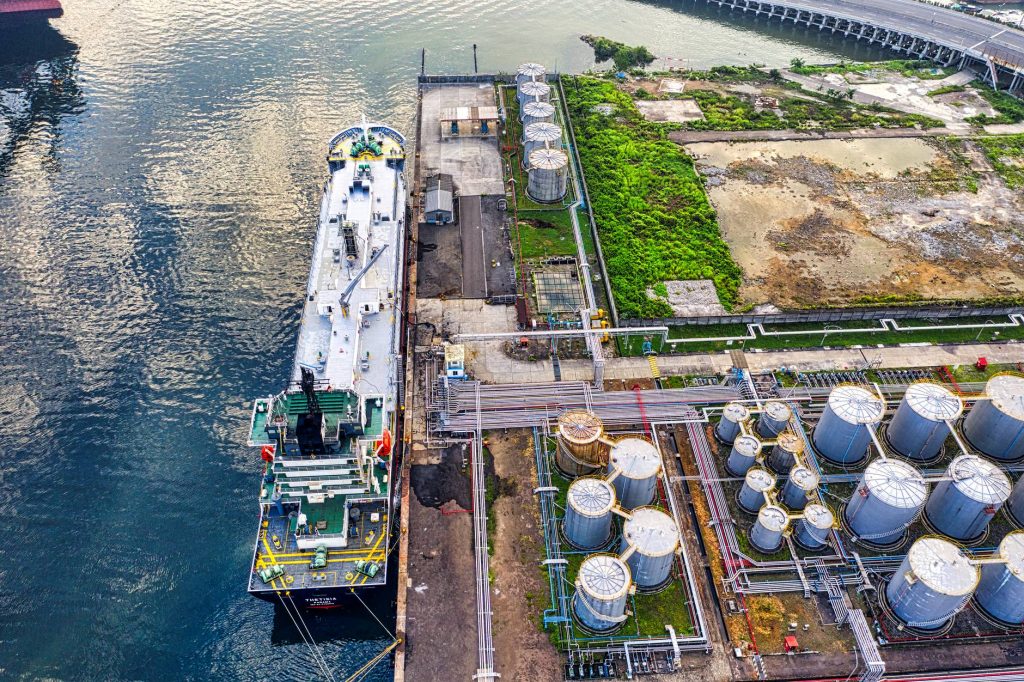Natural Gas Reserves: A Wealth of Opportunity
Tanzania, a nation on Africa’s eastern coastline, is rich in natural gas reserves. Having spent over 50 years in exploration, it has uncovered a staggering 57 trillion cubic feet of gas. The journey of discovery began in 1974 with Songo Songo Island, followed by a significant find at Mnazi Bay in 1982. This treasure trove of natural gas has resulted in an annual production of 110 billion cubic feet from three major fields – Songo Songo, Mnazi Bay, and Kiliwani North.
Songo Songo was the first significant discovery site, located offshore and onshore of the eponymous island. Commercial exploitation of this field started in 2004, under the operation of Orca Energy. This operation yields an impressive daily output of 165 million standard cubic feet of gas. The location has an estimated 293 billion cubic feet of proven and probable reserves. Its proximity to mainland Tanzania—just 200 km south of Dar es Salaam’s capital—makes it strategically significant.
The Mnazi Bay field is another vital contributor to Tanzania’s gas industry. This onshore field in the Mtwara region, approximately 410 km south of Dar es Salaam, covers an area of 756 square kilometres. Operated by Maurel and Prom with Tanzania Petroleum Development Corporation and Wentworth Resources as joint venture partners, Mnazi Bay started producing gas commercially in 2006. It’s estimated to contain 290 billion standard cubic feet of proved reserves, with a daily production rate of 70 million cubic feet.
Tanzania’s third primary source of natural gas is the Kiliwani North field, a neighbour to the Songo Songo field. Managed by Aminex, the field’s total gas resources are estimated at 31 billion cubic feet. This field’s 2016 average production rate was around 15 million cubic feet daily.
In addition to the natural gas production from these fields, Tanzania has embarked on a grand scheme, the Tanzania Liquefied Natural Gas Project (TLNGP). This ambitious project entails constructing a liquefied natural gas processing plant on the Indian Ocean, directly across from Tanzania’s primary offshore gas exploration sites. This plan, first proposed in 2014, saw significant progress in 2023 when the Ministry of Energy of Tanzania agreed with Shell and Equinor to construct an LNG export terminal.
Powering the Nation’s Future
Gas production in Tanzania is pivotal in the country’s electricity generation sector. The Ubungo I and II, Somanga, Mtwara, and Kinyerezi gas power plants are significant natural gas facilities for power production. For example, the Ubungo I plant, owned by Tanzania Electric Supply Company and operated by Songas, relies on the Songo Songo natural gas to fuel its twelve 8.73 MW generating units. Infrastructure development is another focus area for Tanzania.
In 2012, the country embarked on a significant pipeline project to transport natural gas over 542 kilometers from Mnazi Bay to Dar es Salaam. This project received financial support from a Chinese loan and grants from the World Bank and the African Development Bank. The construction of this pipeline coincides with Tanzania’s vision of shifting its dependency from hydropower to natural gas. The government has set a goal to increase its generation capacity from 1,500 MW in 2015 to 10,000 MW by 2025.
Tanzania’s race for natural gas development is strategic and on point. The nation has been considering several methods of maximizing the LNG potential. LNG in Tanzania is faced with other competitions in the region. Egypt is the next potential powerhouse next door and a much more experienced producer. In 2012, Tanzania and three Chinese companies agreed to construct a 542 km pipeline from Mtwara to the nation’s commercial capital, Dar es Salaam.
The gas infrastructure development in Tanzania began showing positive signs when the state-run Gas Supply Company Limited (GASCO) received its first delivery of gas for commissioning purposes in June 2015. The better part is that the pipeline and processing plant are part of the Tanzanian government program to add 10,00 MW of generation capacity by 2025, up from 1,500 in 2015. Tanzania Electric Supply Company Limited (TANESCO) records show about 36.4 percent of Tanzania’s energy is produced from hydroelectric dams; hence, the LNG in Tanzania presents a viable option for the nation’s power supply capacity.
In the legal domain, Tanzania’s oil and gas operations are regulated under legislative instruments such as the Petroleum Acts of 1980 and 2015 and the National Natural Gas Policy of 2013. The 2013 Natural Gas Policy, in particular, aims to nurture a competitive natural gas industry that will contribute significantly to Tanzania’s socio-economic growth and transformation.
In summary, the story of Tanzania’s gas industry is an intriguing tale of discovery, strategic development, and a clear vision for the future. Despite its historical reliance on hydropower, the nation’s proactive approach to harnessing its natural gas resources demonstrates a concerted push towards a more sustainable and economically beneficial energy future.

